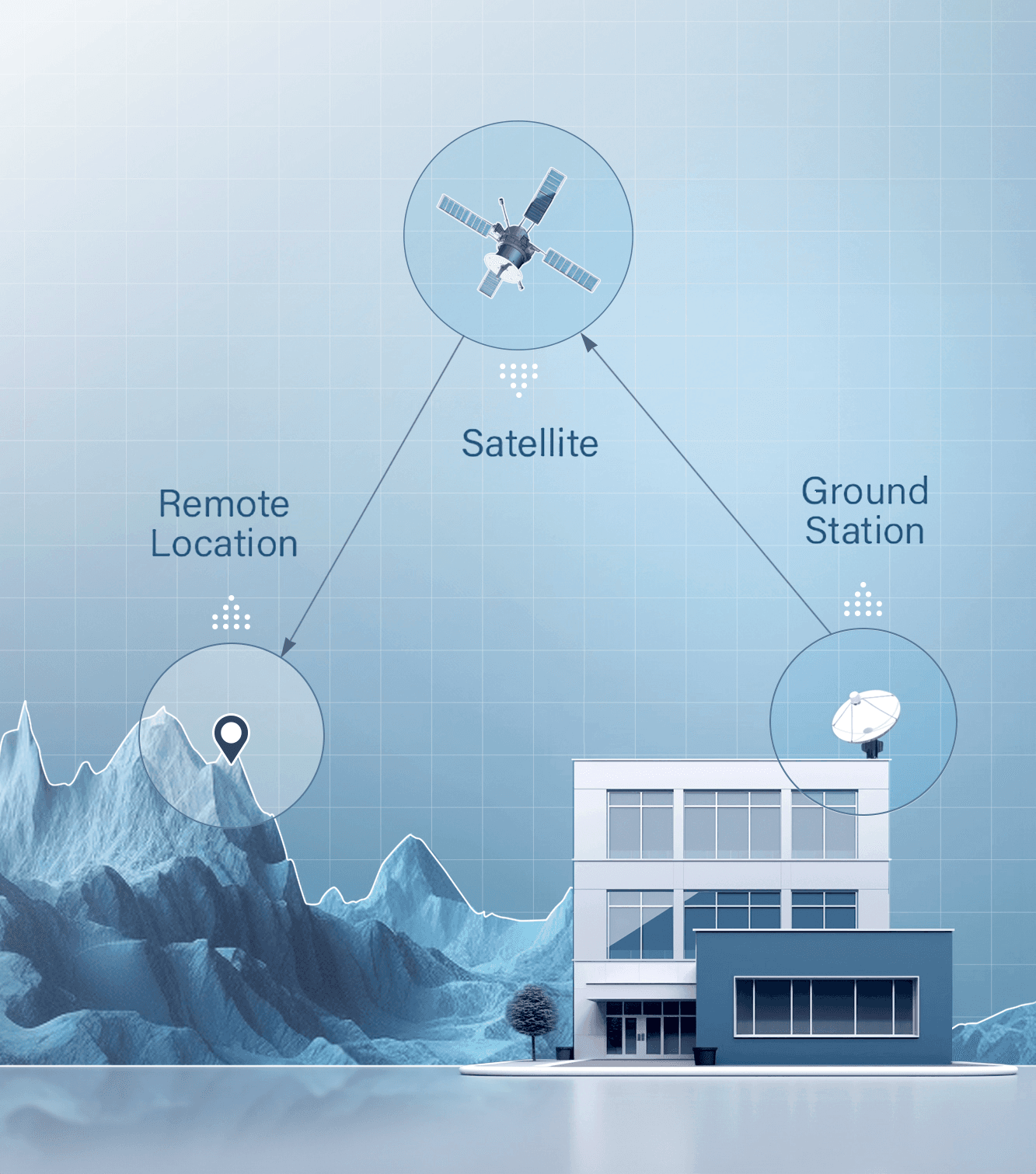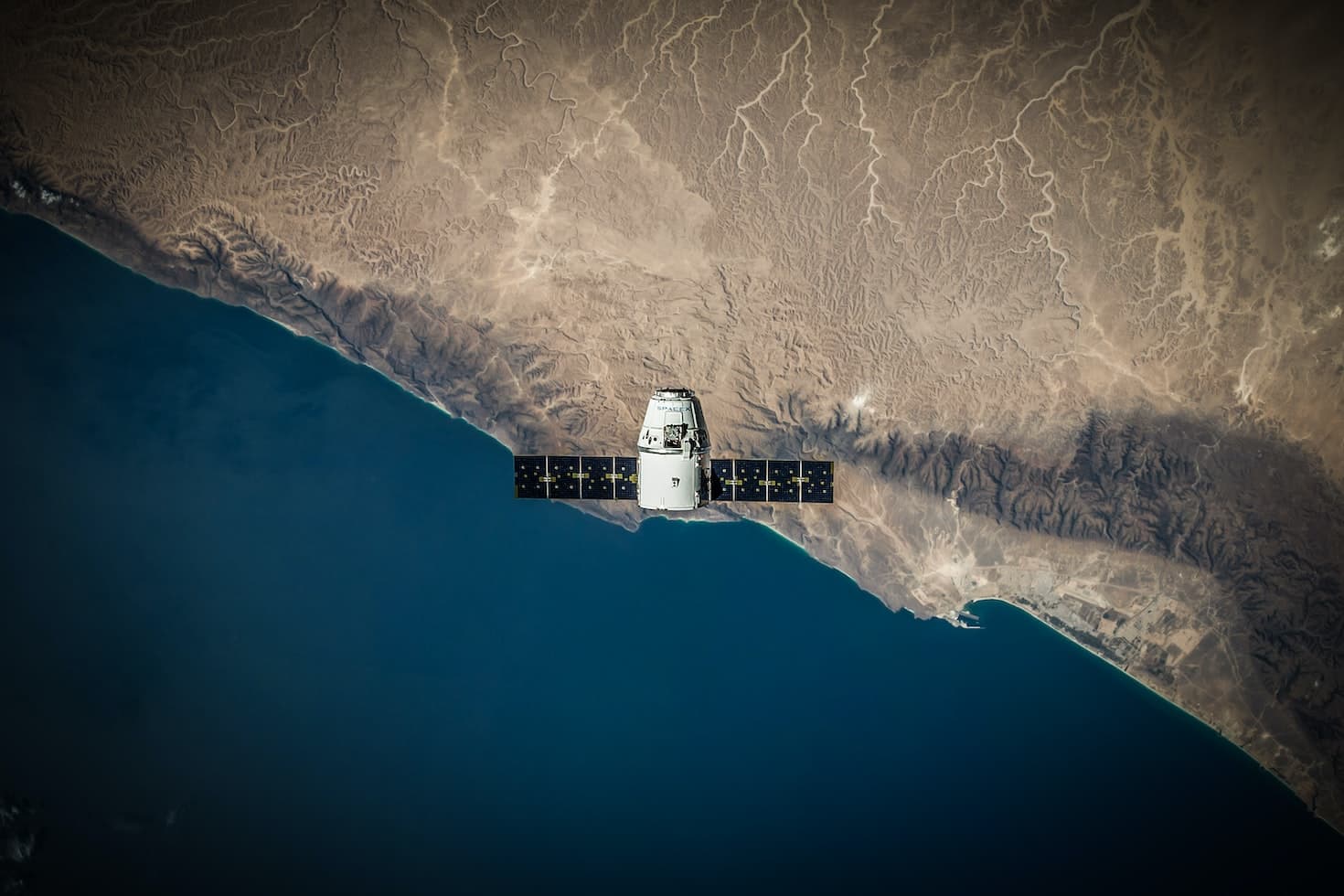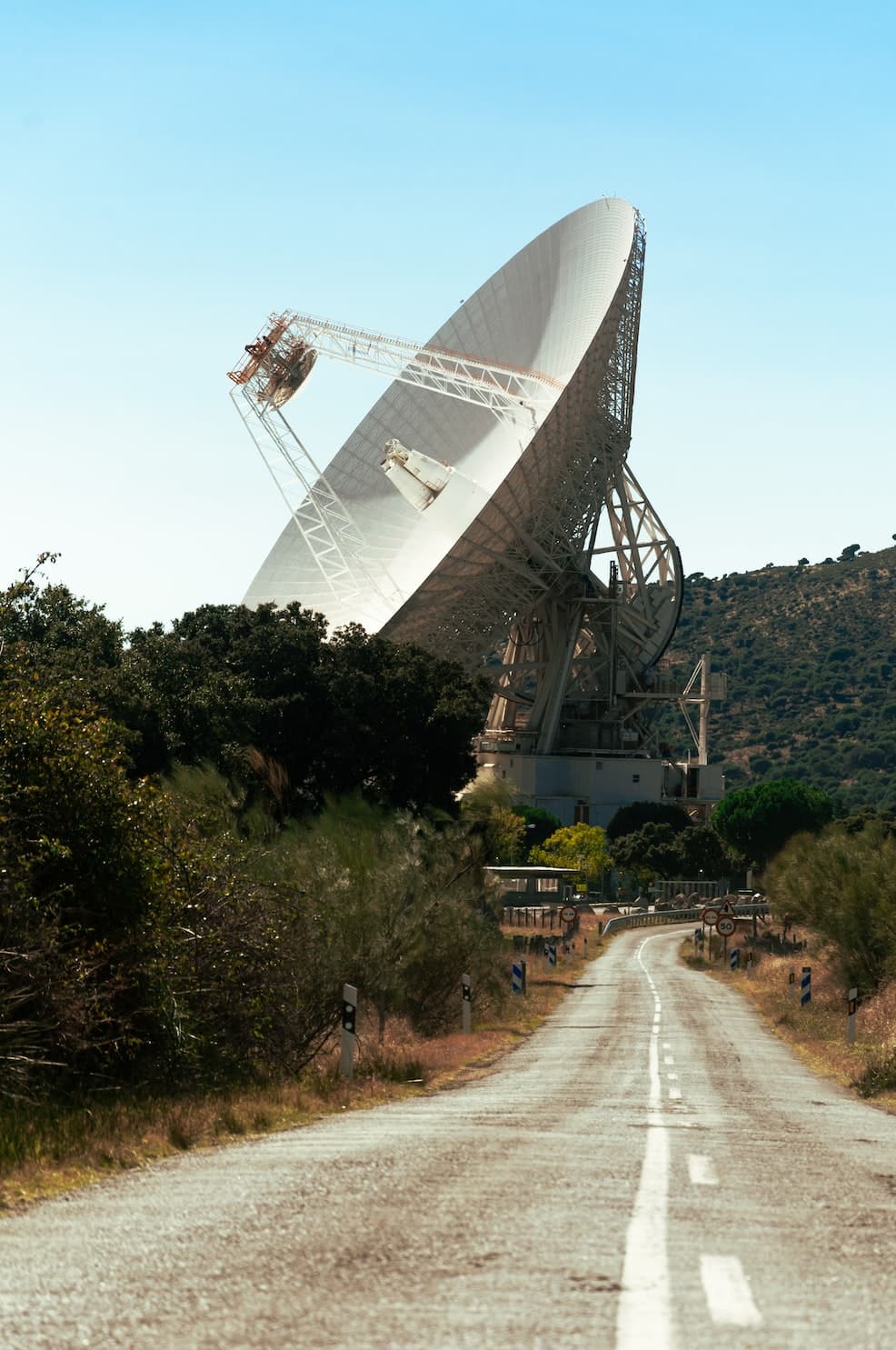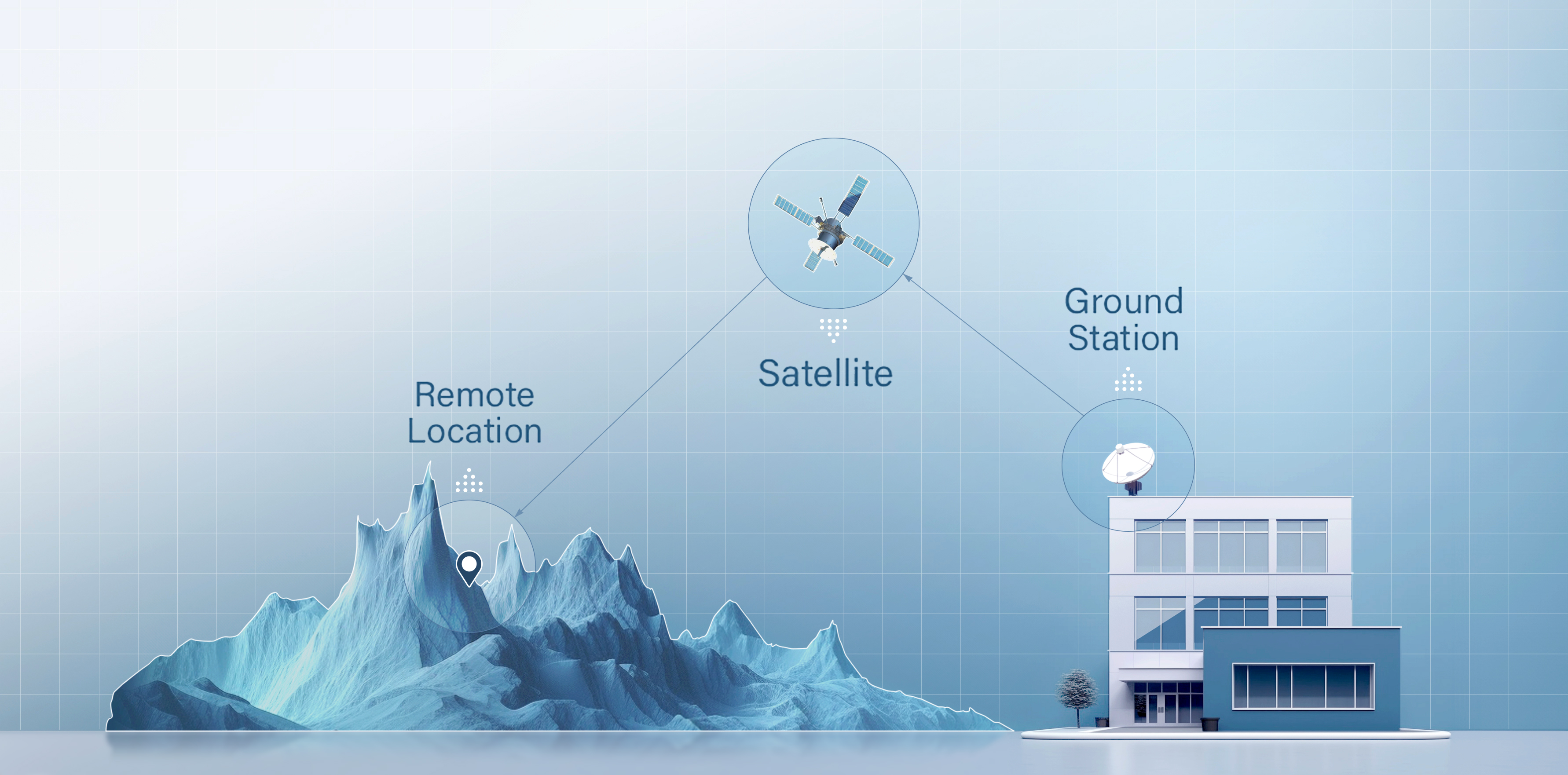VSAT: Connecting The Dots, No Matter Where They Are
Imagine a world where a scientist in the middle of the Antarctic can send real-time research data to a lab in New York, where a child in a secluded village can access world-class education, or where emergency responses don't lose momentum even in the face of natural calamities. That's the world VSAT creates.

In our interconnected world, consistent communication is no longer a luxury; it's a necessity. But what happens when traditional means of connectivity fall short? Enter VSAT. This technology represents the epitome of overcoming geographical barriers, ensuring that every corner of our planet, whether bustling urban centers or the most remote areas, remains connected.
If you've ever wondered how such a robust and seamless network functions, or if you're simply curious about the wonders of modern communication, you're in the right place. As we delve into the fascinating world of VSAT, we'll uncover the technology, industry, and the past, present, and future of this game-changing innovation.
What Is VSAT?
VSAT stands for Very Small Aperture Terminal.
It's a broad term used to describe satellite communication technology that encompasses smaller, more compact satellite antennas.
Satellite communication relies on a simple principle: sending and receiving signals from a satellite orbiting the Earth. VSAT technology communicates with satellites high above the earth, ensuring consistent communication channels.
The beauty of VSAT technology lies in its versatility. VSATs can be installed in remote locations, providing connectivity where traditional networks fall short.
- ✓Providing internet in distant rural communities
- ✓Fundamental in telemedicine for remote consultations
- ✓Ensuring seamless data transfer across global offices
- ✓Enabling communication in critical infrastructure
- ✓Invaluable for defense, border control, and disaster management
As we delve deeper into the intricacies of VSAT, you'll discover a technology that's continuously evolving, striving to make the world a smaller, more connected place. You can learn about VSAT in more detail on our blog.
How Does it Work?
The mechanism behind VSAT operates with three basic parts
At its core, the VSAT system can seem complex, but with a basic understanding of its fundamental elements, its operation becomes clear. Let's unwrap this intricate yet fascinating technology:

The VSAT Terminal (Antenna)
At the ground level, we have the VSAT antennas. These are typically small dish antennas ranging from 0.6 to 3.8 meters in diameter.

The Satellite
Satellites receive signals from VSAT antennas and then transmit the signals back to other antennas located elsewhere on Earth.

The Hub (Ground Station)
The hub, or the ground station, is the manager of the VSAT network. It ensures that each terminal receives the right data at the right time.
How The Communication Takes Place:
- Your data (an email, image, etc.) is converted into radio frequencies by the VSAT terminal and transmitted to the satellite.
- The satellite receives this signal and beams it down to the hub.
- The hub, which is connected to the internet, forwards your data to its final destination.
- The reply or any other incoming data, follows the same path but in reverse.
Don't let the phrase "satellite technology" scare you. VSAT is easy to understand once it's broken down into parts. You can learn more about how these parts work on our blog.
History of VSAT
The evolution of VSAT started from humble beginnings
Stepping into the history of VSAT means diving into a rich history filled with innovation, challenges, and solutions that have quite literally bridged the gaps of our world.
The Satellite Era
Iconic space launches such as Sputnik by the USSR and the subsequent satellite initiatives by NASA lay the groundwork for the birth of satellite communication.
Rise of the Minis
Commerical engineers and innovators begin to see the value in having a private business network that is both reliable and covers vast distances.
VSAT Goes Mainstream
Costs decrease, making the technology more accessible and bringing internet, television, and vital communication to places once deemed unreachable.
Into the Future: Next-Gen VSAT
With the advent of High Throughput Satellites (HTS) and developments in beamforming techniques, modern VSAT offers faster data rates and dynamic resource allocation.
The journey of VSAT from its inception is nothing short of remarkable. From the initial days of space exploration, marked by iconic launches like Sputnik, to today's sophisticated high-throughput satellite systems, VSAT's evolution mirrors humanity's insatiable thirst for connectivity. You can learn more about the history of VSAT on our blog.
Global VSAT Industry
Global VSAT Industry: the current landscape & key players
Navigating the modern landscape of the VSAT industry means understanding a vibrant, diverse, and rapidly growing field. Over the last decade, we've seen the industry flourish, driven by technological innovations, increasing demands, and the commitment of industry giants to bridge communication gaps.

Market Dynamics
The demand for uninterrupted and fast communication has seen a steady rise, fueling the expansion of the VSAT market. Factors such as increased need for remote communication, advancements in satellite miniaturization, and the integration of VSAT with terrestrial networks have created a conducive environment for growth.
Key Players & Their Contributions
Leading the VSAT charge are global corporations like Hughes Network Systems, Viasat, and SES S.A. Their contributions to technology, satellite launches, and innovative solutions have solidified the importance and relevance of VSAT in today's digital age.
Challenges & Opportunities
Like any booming industry, the VSAT market faces its share of challenges, from regulatory hurdles to technological limitations. However, with challenges come opportunities. Innovations in flat-panel antennas, the deployment of LEO and MEO satellite constellations, and a focus on sustainable space operations indicate a bright future. Learn more about the VSAT industry on our blog.
Future of VSAT
The Road Ahead: Future Trends & Advancements in VSAT
With technology in perpetual motion, the VSAT landscape is undergoing remarkable transformations. As we look ahead, several trends and innovations promise to redefine how we perceive and use VSAT. Below, we've listed a few of the new advancements in VSAT. Feel free to also take a deeper dive on our blog.
LEO Satellite Constellations
Lower Earth Orbit (LEO) satellite constellations, with their reduced latency and faster data speeds, are poised to take VSAT capabilities to the next level. Companies like SpaceX's Starlink are spearheading this revolution.

Advanced Modulation Schemes
Advanced modulation techniques are becoming more common in VSAT networks, enhancing the efficiency of data transmissions, even in challenging conditions.
AI-Powered Network Operations
Artificial Intelligence (AI) is being integrated into VSAT networks, optimizing bandwidth allocation, predictive maintenance, and enhancing user experience. This allows engineers to better leverage their time.

Sustainable Space Operations
With the rise in satellite deployments, there's a focus on sustainable space operations, including satellite deorbiting procedures and minimizing space debris.
